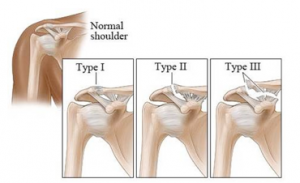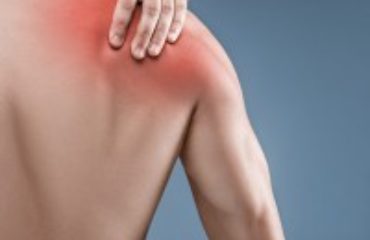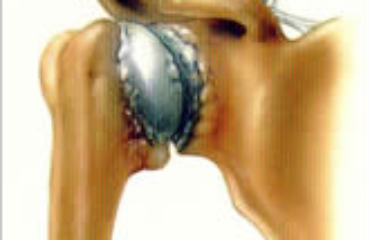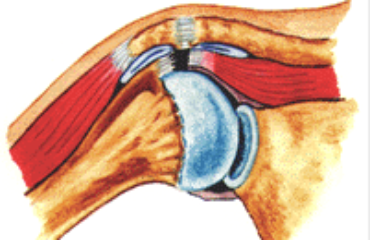Shoulder instability is often caused when the structures and tissues become dislocated or torn. When shoulder instability goes without treatment, it often leads to shoulder separation, which is another form of instability. With shoulder separation, the two areas of the shoulder responsible for providing it with stability actually dislocate from each other. 
These areas include the collarbone (clavicle) and the end of the shoulder blade (scapula), which are connected with ligaments. The ligaments within your shoulder are the main stabilizing components, and when these become damaged, shoulder instability occurs.
Type I, II, and II Shoulder Injuries
There are a few different levels at which the instability can occur, and many times the treatment for the disorder depends on the level of damage. There are two separate ligaments that work to hold these shoulder areas together and provide them with stability. They are referred to as the acromioclavicular (AC) ligament and the coracoclavicular (CC) ligament.
- Type I – When damage occurs to the AC ligament but not the CC ligament, it is considered to be a type 1 injury. This is because although the AC ligament is torn, the CC is still strong and holding the bones together. For a type I injury, using a shoulder sling is generally an effective way to cure the problem. The sling will have to be worn for a period of several weeks, and physical therapy will need to be used to help the area heal.
- Type II – With a type II injury, the AC ligament is usually completely torn, and there
 may be some damage to the CC area as well. In this case, the instability is serious, causing the collarbone to separate slightly for the shoulder blade. When a type III injury occurs, both the AC and CC ligaments are completely torn, and the shoulder has completely come apart and became instable. Many type II shoulder injuries require surgery, but others will heal with the use of a sling and physical therapy. After some time and proper use of these treatment options, the ligaments gain strength strong again and the shoulder is no longer unstable.
may be some damage to the CC area as well. In this case, the instability is serious, causing the collarbone to separate slightly for the shoulder blade. When a type III injury occurs, both the AC and CC ligaments are completely torn, and the shoulder has completely come apart and became instable. Many type II shoulder injuries require surgery, but others will heal with the use of a sling and physical therapy. After some time and proper use of these treatment options, the ligaments gain strength strong again and the shoulder is no longer unstable.
- Type III – When a type III injury occurs, it generally requires surgery in order to correct the condition. The doctor will make an incision near the joint in order to repair the structures that have become damaged. After surgery is complete, a sling and physical therapy will also be needed in order for the area to heal. Shoulder instability repair is the most successful when it is done during the early disease stages, to prevent the problem from becoming worse.
Arthroscopy and Open Surgery
Depending on the situation, the shoulder surgeon in Phoenix will repair shoulder instability by either arthroscopic surgery or open surgery. With the arthroscopic procedure, the soft tissues in the shoulder are repaired when the orthopedic doctor in Arizona makes tiny incisions to i nsert small instruments and a camera. With the open procedure, the surgeon must make a larger incision over the shoulder area to perform the repair by direct visualization.
nsert small instruments and a camera. With the open procedure, the surgeon must make a larger incision over the shoulder area to perform the repair by direct visualization.




